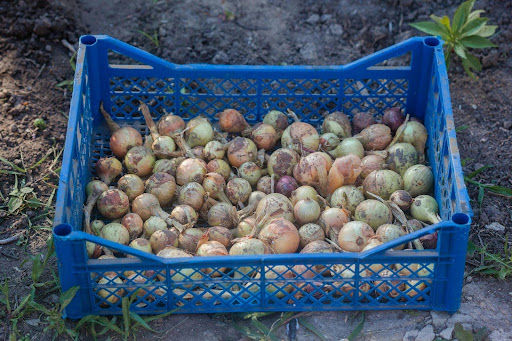Microgreens – what do growers need to know?
- Micah Hutchison

- Dec 22, 2023
- 2 min read

Microgreens are a popular specialty crop that is popular among consumers, restaurants, and retailers across the State of Michigan. With their short harvest interval, large selection of varieties, and the ability to be produced year-round, this crop is attractive to both growers and sellers alike. Though microgreens are increasing in popularity as a year-round, specialty crop, Produce Safety Technicians, Educators, and Inspectors are often asked by growers and produce buyers what regulation they should follow and what parts of Subpart M, if any apply to microgreens growers. Here we hope to clarify the requirements around microgreens, including what growers must do to comply.
Microgreens or sprouts?
While often confused with sprouts, microgreens are grown and harvested differently from sprouts and are treated differently than sprouts under FSMA. Sprouts are usually grown in dark, humid environments, usually without soil or a growing medium. In sprout production, seeds are kept wet until germination happens and are often harvested at the first sign of growth, when the initial root, shoot, and cotyledon appear. Sprouts are harvested as a whole plant with the roots.
In comparison, microgreens are often grown in soil or growth medium under lights in a drier environment. They are harvested above the soil line after the first few true leaves have emerged. Microgreens are not harvested as a whole plant and after harvest the remaining growing medium, seeds, and roots are disposed of. Since microgreens are grown and harvested differently from sprouts, they do not meet the definition of sprouts and are not regulated under Subpart M of the Produce Safety Rule. Under FSMA, microgreens are treated as covered produce and treated more like salad greens.
What must microgreens growers do?
Like produce, microgreens growers are subject to the same rules as conventional produce growers and regulated like conventional produce farms. Microgreens are considered covered produce and farms growing microgreens making under $25,000 per year, adjusted for inflation, are not covered under FSMA. Also, like conventional produce growers, microgreens growers may be eligible for a Qualified Exemption, depending on the farm’s primary sales avenue, and if their farm’s total food sales are under $500,000 per year adjusted for inflation. Growers meeting these qualifications would not be subject to an MDARD Produce Inspection.
Microgreens can be sold as whole trays to consumers with the understanding that the crop is harvested above the soil line. Microgreens growers do not need a nursery license nor any specialty license in order to grow, harvest, and sell microgreens. Growers interested in processing beyond the first harvest cut, like chopping or drying, will need to obtain a processing license from the Michigan Department of Agriculture and Rural Development (MDARD).
Have a question?
This Michigan On-Farm Produce Safety team is here to help.
Want more myth-busters?
The Michigan On-Farm Produce Safety team is ready to answer your food safety questions. Visit miofps.org to learn more about Produce Safety Technicians and to connect with education and technical assistance.
Article by Micah Hutchison, Produce Safety Technician


